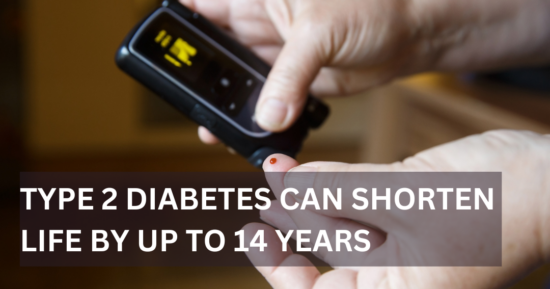Science
Lauren S. Whyte, Erik Ryberg, Natalie A. Sims, Susan A. Ridge, Ken Mackie, Peter J. Greasley, Ruth A. Rossa, and Michael J. Rogers
GPR55 is a G protein-coupled receptor recently shown to be activated by certain cannabinoids and by lysophosphatidylinositol (LPI). However, the physiological role of GPR55 remains unknown. Given the recent finding that the cannabinoid receptors CB1 and CB2 affect bone metabolism, we examined the role of GPR55 in bone biology. GPR55 was expressed in human and mouse osteoclasts and osteoblasts; expression was higher in human osteoclasts than in macrophage progenitors. Although the GPR55 agonists O-1602 and LPI inhibited mouse osteoclast formation in vitro, these ligands stimulated mouse and human osteoclast polarization and resorption in vitro and caused activation of Rho and ERK1/2. These stimulatory effects on osteoclast function were attenuated in osteoclasts generated from GPR55-/- macrophages and by the GPR55 antagonist cannabidiol (CBD). Furthermore, treatment of mice with this non-psychoactive constituent of cannabis significantly reduced bone resorption in vivo. Consistent with the ability of GPR55 to suppress osteoclast formation but stimulate osteoclast function, histomorphometric and microcomputed tomographic analysis of the long bones from male GPR55-/- mice revealed increased numbers of morphologically inactive osteoclasts but a significant increase in the volume and thickness of trabecular bone and the presence of unresorbed cartilage. These data reveal a role of GPR55 in bone physiology by regulating osteoclast number and function. In addition, this study also brings to light an effect of both the endogenous ligand, LPI, on osteoclasts and of the cannabis constituent, CBD, on osteoclasts and bone turnover in vivo.












